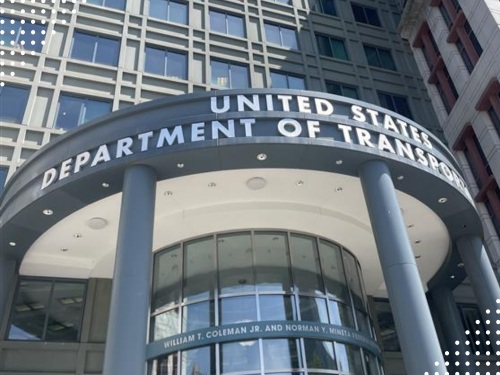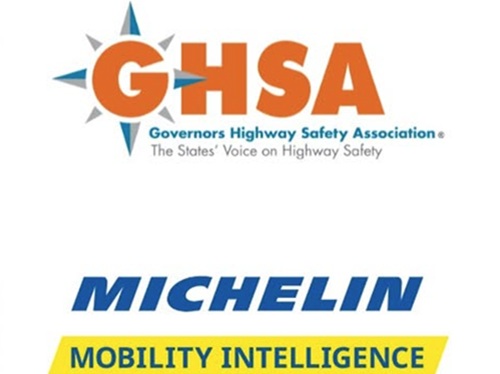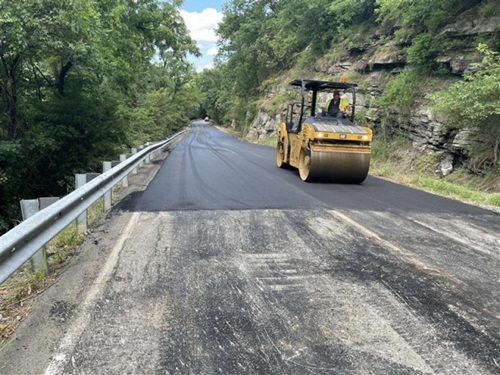Expanding on efforts to use advanced analysis to improve roadway safety, the Governors Highway Safety Association (GHSA) and Michelin Mobility Intelligence (MMI) recent issued $300,000 in competitive grants to three states to help them further harness “cutting-edge data” to make roads safer for all users.
[Above image by GHSA]
State Highway Safety Offices or SHSOs in Connecticut, North Dakota, and Washington State will each receive $100,000 in Michelin data services to help develop a more “current, complete, and nuanced understanding” of traffic safety issues, risk hotspots, and where to deploy resources.
This investment in safety data insights, based on a competitive application process, follows a similar $300,000 award issued by GHSA and MMI in 2024.

Providing advanced data analysis that utilizes modern sources to supplement legacy crash data helps state safety officials better understand what is happening on the road and what they should do to address it, noted Jonthan Adkins, GHSA’s CEO, in a statement.
“New and innovative data analysis has led to advancements in so many other fields – like public health, finance and marketing – but roadway safety has been slow to modernize and adapt to the data revolution,” he said.
“Unlocking new safety data and insights will help communities across the country improve safety for everyone on the road,” he added.
Those three SHSOs will utilize the grant funding in the following ways:
- Connecticut: The Highway Safety Office within the Connecticut Department of Transportation will use MMI telematics data to conduct a comparative data analysis between four highway work zones selected for a Speed Safety Camera Pilot Program and five non-pilot zones as a control. This will enable Connecticut DOT to explore the role and efficacy of speed cameras in the pilot zones, compare it with data from non-pilot zones, and identify risks in work zones due to non-compliant driver behavior, GHSA said.
- North Dakota: The North Dakota Department of Transportation will use MMI’s data analysis for pre- and post-implementation evaluation of the impact of the state’s Vision Zero Highway Safety Corridors; helping provide a more comprehensive picture that can inform the location, design and implementation of future safety corridors the state is planning.
- Washington State: The MMI team, working closely with the Washington Traffic Safety Commission (WTSC), will generate geospatial-based maps for all state roads for use in the planning of traffic safety enforcement efforts. Using these maps, the WTSC and the Washington State Patrol will identify locations for MMI to conduct a before-and-after analysis to improve the enforcement decision-making process and reduce the number of crashes, injuries and deaths on the state’s roads.
“Behind the cones, barriers, vests, and hard hats stand human lives, underscoring the critical role we all play in work zone safety,” stressed Garrett Eucalitto, commissioner of the Connecticut DOT and president of the American Association of State Highway and Transportation Officials in a separate statement.

“Highway workers deserve to feel safe, which is why we’re continuing to act and utilize resources available to us,” he said. “But we can’t do this alone. We need the public to do their part, as well, so everyone makes it home safely.”
“This data analysis will help [us] make the most of our Highway Safety Corridors by showing us where to focus infrastructure improvements, education and enforcement activities,” said Karin Mongeon, director of the Highway Safety Division at North Dakota DOT.
“The Michelin behavioral data will supplement existing data analyses to provide a more accurate and robust picture of what’s happening on our roads so we can most efficiently use critical safety resources,” she added.
 Nation
Nation


